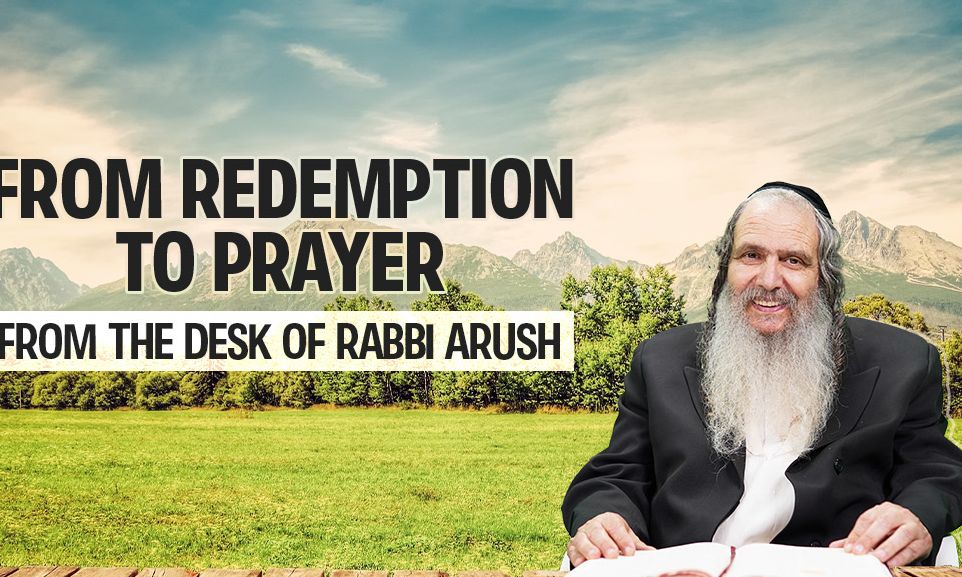
From Redemption to Prayer
The great power of the Jewish people is their ironclad emuna that cannot be influenced by any sorrow or suffering. The best gauge of a one’s emuna is his prayer. With strong emuna, one's prayer can bring miracles.

Translated from Rabbi Arush’s feature article in the weekly Chut shel Chessed newsletter. The articles focus on his main message: “Loving others as yourself” and emuna.
Instead of Calves – Words of Prayer
“One of the most notable things about my father was the fact that despite his undergoing much suffering in his life – and he had much suffering of all types – he never complained and made no claims against Hashem yitbarach. He always said: ‘You are righteous, Hashem, and Your laws are upright.’ We, with much smaller trials, have to strengthen our emuna and remind ourselves constantly that we don’t understand anything, and that everything is for the good – but for Father it came naturally. It was so clear to him that everything was just, he didn’t even have to say it.”
I heard this at the Shiva of a precious Jew, Rabbi Shalom ben Eisha a”h, an old-fashioned Jew who was intimately connected with our Yeshiva, and his sons and sons-in-law grace it. This is the example and symbol of ironclad emuna that is not influenced by anything or by any occurrence, any sorrow or suffering. That is the great power of the Jewish People.
The biggest gauge of emuna is tefillah (prayer). “For tefillah comes mainly by way of emuna (faith),” says Rabbeinu (Likutei Moharan 7). It is impossible to pray without complete emuna that Hashem is good and righteous. When one begins to have doubts regarding faith, the first thing affected is one’s tefillah.
And that is precisely the issue of the Parah Adumah (Red Heifer). Rabbeinu says (Likutei Moharan 55) that a parah has the aspect of tefillah, as it says, “Instead of calves we offer you our words of prayer.” Also, about the parah it says “afar va’efer” (dust and ashes), as mentioned in the prayers as well, “I am dust and ashes.” And so, one can merit a Parah Adumah specifically after Purim. In Megillat Esther 9:26 it says that Purim is named after the pur – the casting of the lots. Rabbeinu says that if you write the word hapur without the vav, you get the same letters as hapar. Through Purim one merits the taharah (purity) of the Parah Adumah, and the pur becomes parah (Likutei Torah 74).
And why does Purim result in the merit of emuna and tefillah? Because Amalek is in Gematriya safek (doubt): all of Amalek’s power stemmed from its ability to put doubt into Jewish hearts – “Is Hashem among us or not.” (Shemot 17:7) And when there are doubts, one cannot pray. Therefore, the main way of defeating Amalek was by way of the prayers of Moshe Rabbeinu, who had no doubt at all in his faith.
On Purim we defeated the Klipa of Amalek, and so merited complete faith; so naturally, after Purim we have the parasha of Parah, which parallels tefillah, for now is the time to strengthen our prayers to Hashem and make them wholehearted; pray from a point of complete emuna.
Revelations in the Megillah
According to this we can understand the connection of Rabbeinu’s words in that section (Likutei Moharan 55) to Purim. Rabbeinu says there that to achieve the aspect of Parah, which is tefillah, one must witness the fall of the wicked. How does one do that? By tzaddikim managing to see that Hashem is righteous even when He promotes the wicked and gives them power.
For one of the most difficult nisyonot (trials) in emuna is to see the wicked being successful. During the time of the megillah everyone saw that “the King”, who is the King of the World, was promoting and raising up the greatest enemy of the Jews, the most wicked of all, Haman Harasha (the wicked). This is a very big crisis for one’s emuna.
Only Mordechai Hatzaddik saw and understood that the power granted to the rasha carries within it his downfall. Mordechai sees only Hashem in front of his eyes, and he knows that Hashem is righteous and is not justifying a rasha, chalila, and therefore he is not willing to recognize the stature of the rasha, and does not bow down to Haman.
If Haman had been an ordinary person, there would have been nothing special about this and it wouldn’t have filled him with rage; but because Hashem raised up Haman so much and set him above all the other officials, making him second only to the king – that is what awakened in him all the anger and rage, and it was particularly because of this that he wanted to kill all the Jews – and, in the end, that is what brought about his downfall and the obliteration of him and his entire family.
He Got his Just Deserts
According to this we can understand Rabbeinu’s words in that same section that says (according to the shorter version of Likutei Moharan: “It is impossible to see the downfall of the wicked unless the aspect of Eretz Yisrael is introduced, as it says, ‘Sit at My right hand until I make your enemies a stool for your feet.’ And Eretz Yisrael is called Yemini (‘the right hand’)”, and therefore the defeat of Haman Harasha happened by the hand of an Ish Yemini, Mordechai.
Later on, Rabbeinu says that the downfall of the wicked is like this: “It is not enough that the person is saved from the wicked man, but he also sees in the rasha what the rasha wanted to see in him.” Haman wanted Mordechai to be demeaned and to lead him as he rode on the king’s horse – and in the end he himself did this to Mordechai; and afterwards Haman himself was hanged on the post just like he wanted to hang Mordechai.
But Hashem protects the tzaddik and gives him the ability to see that Hashem is righteous, as Rabbeinu says: “The tzaddik’s vision improves and he can see far ahead and he sees and grasps the Holy One, Blessed Be He’s righteousness, for the justice with which the Holy One, Blessed Be He, exonerates the rasha in trial is the justice of the Holy One, Blessed Be He, ‘for I will not acquit the wrongdoer.” And therefore, Mordechai understood that Haman had no greatness or power, so he didn’t bow down.
And then the tzaddik achieves complete emuna and he can pray, as Rabbeinu says, “And by seeing Hashem’s justice, his faith is strengthened, and the waywardness of his heart is straightened out and he can pray. For the main thing in tefillah is faith, that he believes that everything is in Hashem’s hands, even the ability to change nature. ‘And the Holy One, Blessed Be He, doesn’t withhold the reward of any being,’ and then he strengthens himself and prays about his needs. And that is the aspect of Parah Adumah.”
Esther Does What Mordechai Tells Her to Do
And that is what Esther did, when she felt she couldn’t pray, as in “My G-d, my G-d, why have you forsaken me? So far from my salvation are the words that I roar… I cry out to You by day, but You do not answer…” (Psalm 22:1-3) She herself raised up Haman even more by inviting him to the drinking feast with the king, which inflated Haman’s ego even further, to the point that he couldn’t stand Mordechai anymore and he made the gallows. When he came to the king about it, his downfall began. And when his downfall became apparent, as it says, “before whom you have begun to fall…” (Megillat Esther 6:13) her emuna strengthened and so on the second day she was already able to pray before the king: “If I have found favor in your eyes, the king… let me have my life as my desire, my people as my request.” (Megillat Esther 7: 3)
Esther the tzaddeket gained doubly from this: On the one hand, the Jews thought she was betraying them – they gave up on her help and did not trust in her and they invested everything in wholehearted prayer. On the other hand, Haman’s pride grew and grew, until it “exploded.”
Another thing that we see about the pur is that the main miracle was due to the pur. Haman decided to wipe out the Jews in the month of Nissan. He spoke to the king, and the king agreed. So, he could have done so immediately; he could have told the king that the decree should apply the very next day.
But Hashem twisted his thinking and made him cast lots, which is against common sense, and the day that was decreed fell out at the end of the year. So, for an entire year the Jews had time to pray and to act, and not only to annul the decree, but also to bring about venahafoch hu, that there should be such a downfall for the wicked that all those who wanted to harm the Jews were themselves killed and destroyed. And that is why the holiday is called Purim, because the main part of the miracle was the pur falling on a distant date, giving the Jews time to pray and change things.
And therefore, from the pur, which is a lot, an illogical act, from this we get a Parah Adumah which is a chok, in other words, something that has no reason or logic that we can understand.
May Hashem grant us that we should defeat the klipa of Haman-Amalek, and in the merit of that we should acquire complete emuna and tefillah and complete taharah through the Parah Adumah, and that the Beit Hamikdash will be built this very week, and we will all merit to eat from the offerings and the sacrifices in holiness and taharah.


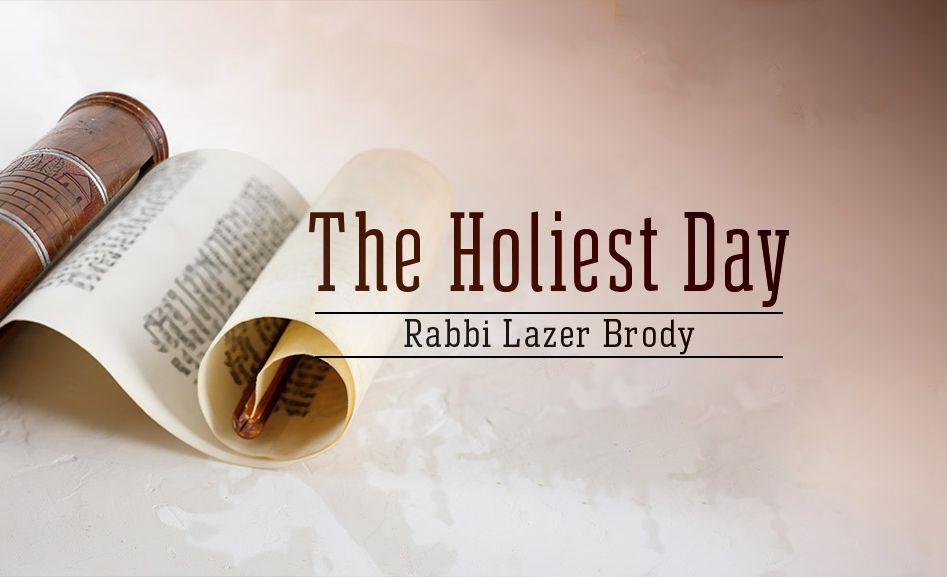


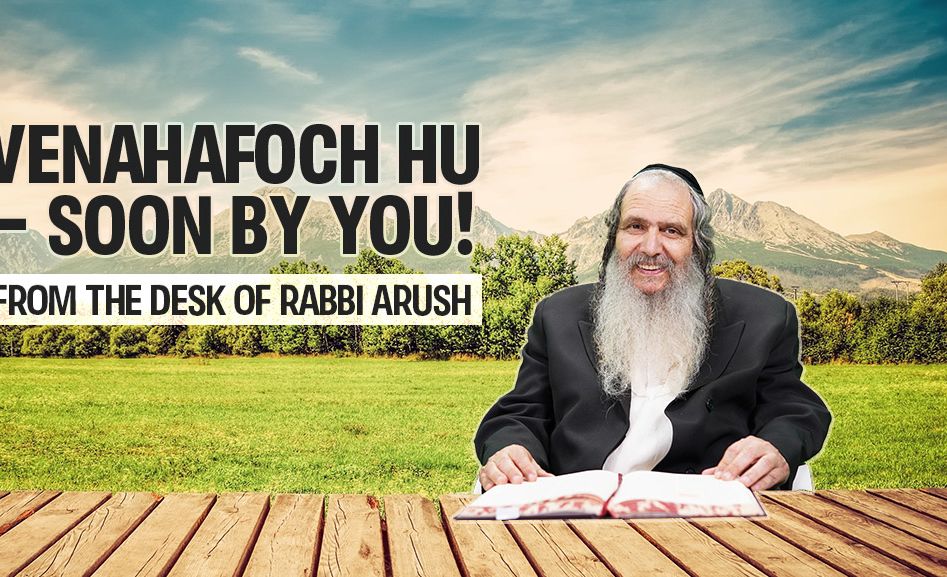
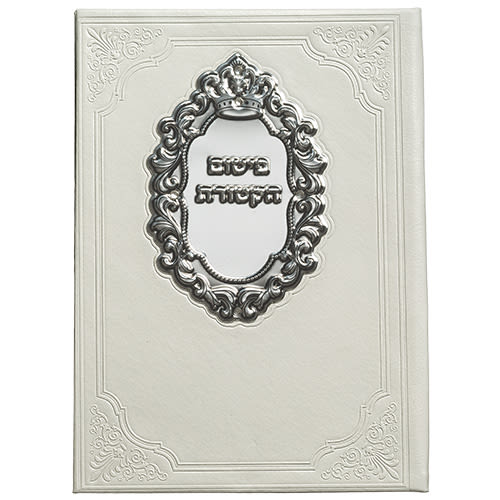

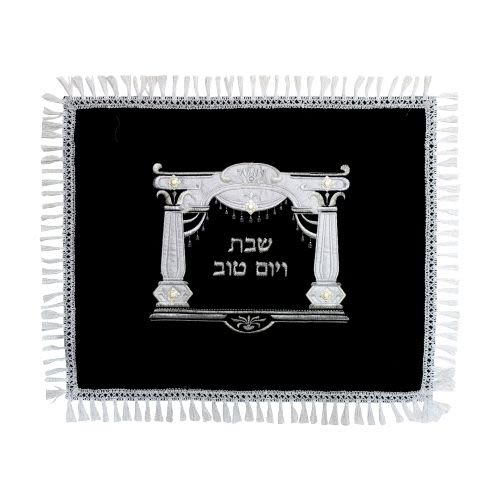

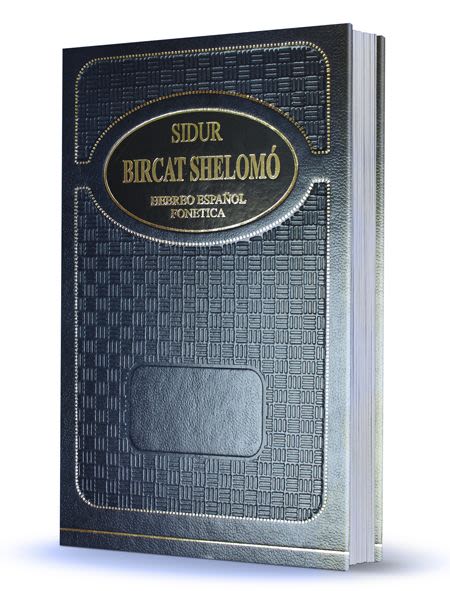
Tell us what you think!
Thank you for your comment!
It will be published after approval by the Editor.